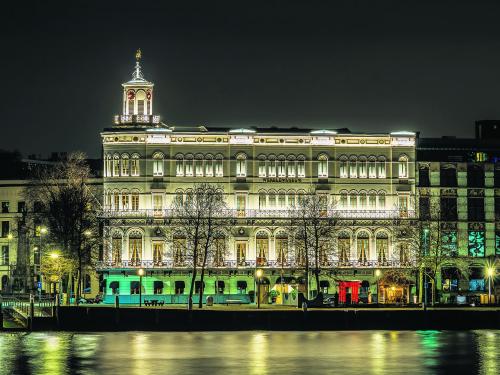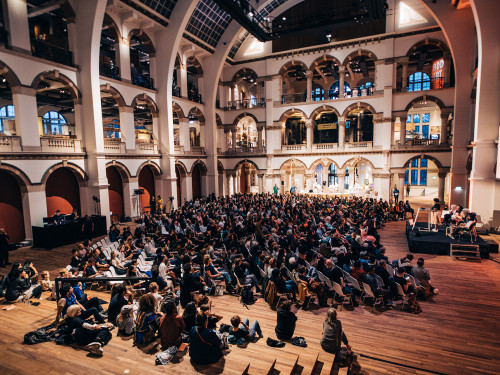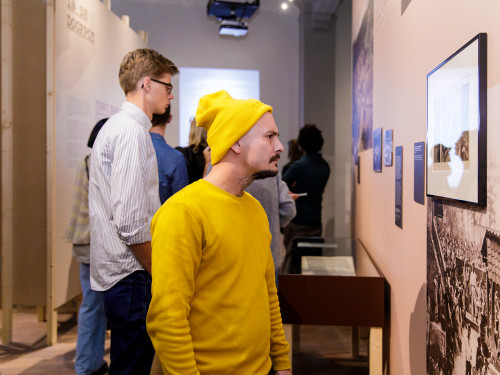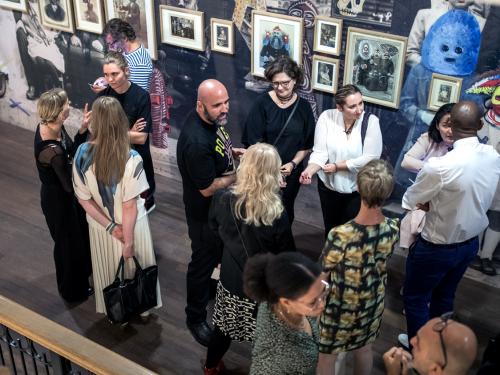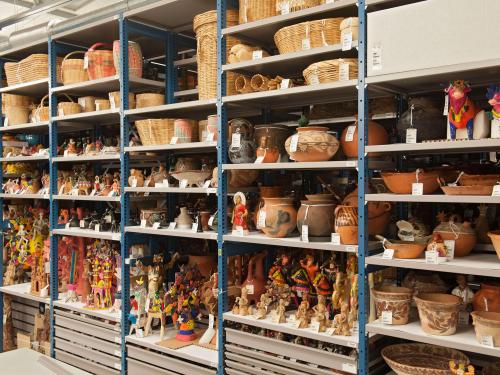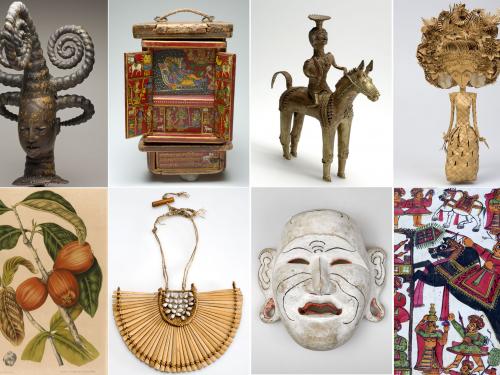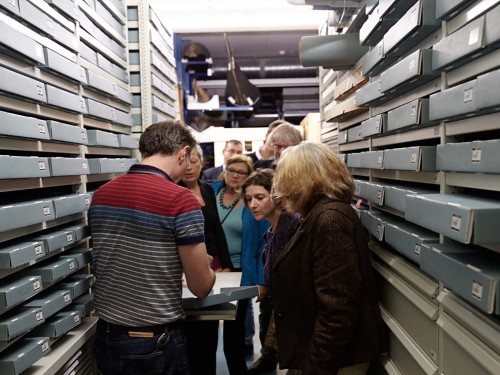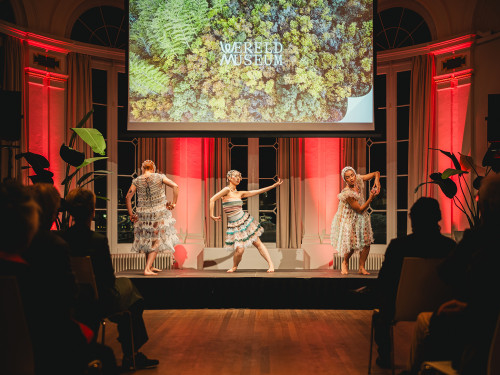In 1851, the Association of the Royal Yacht Club took possession of the elegant mansion on Rotterdam’s Willemskade. Members of the association, which was chaired by the Queen’s consort Prince Hendrik, donated maritime objects, ships’ models and ethnographic pieces, and in 1873 this led to the foundation of the Prince Hendrik Maritime Museum. After the prince’s death, the building became the property of the municipality. In 1883 the council decided to establish an ethnographic museum, as Haarlem and Leiden (Museum Volkenkunde) had done previously. Major drivers were Dutch trade relations abroad, the rise of colonialism and increased missionary activity as well as the newly emerging science of cultural anthropology. The Museum for Geography and Cultural Anthropology – today’s Wereldmuseum – opened its doors on 1 May, 1885
From Yachtclub to ethnographic museum
The building on the Willemskade has evolved from a meeting point for travelers, into a museum for world citizens.
A museum for the people of Rotterdam
Elie van Rijckevorsel
Rotterdam’s Dr Elie van Rijckevorsel (1845-1928) was a scientist and academic with a lively interest in other cultures. He was a member of the Royal Yacht Club and his father and grandfather had played a key role in the development of Rotterdam as city administrators.
Van Rijckevorsel travelled to the far corners of the world. On his journeys to the Dutch East Indies – today’s Indonesia – Brazil and South Africa, he amassed an impressive collection of artistic and ethnographic artefacts. Elie van Rijckevorsel was one of the founding fathers of the Wereldmuseum. He bequeathed the museum more than 900 objects, including a fine collection of Javanese batiks, weapons, headdresses, jewellery and shields.
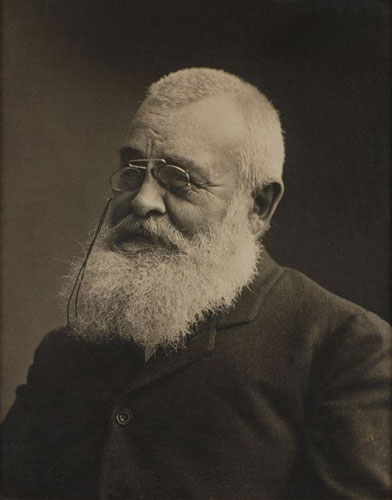
Focus
In the first half of the 20th century, museum policy focused on anthropological research, a new branch of science. The museum participated in expeditions to New Guinea and financed collecting trips to document disappearing traditions and preserve them for future generations. In the second half of the 20th century, the focus shifted to the countries of origin of immigrants who settled in Rotterdam.
The museum had to become more accessible, for which the building was painted grey and the majestic staircase was replaced with stairs from apartment buildings. In order to prevent an imminent bankruptcy due to low visitor numbers, a radical change in direction was implemented at the beginning of this century by restoring the grandeur of the Royal Yacht Club to its former glory - with the ballroom as an impressive highlight - and by refocusing the content on the best of the collection, entirely in line with the original concept of Dr. Elie van Rijckevorsel. The Wereldmuseum reestablished itself as a place of inspiration for everyone with a broad window to the outside world.
Renewing into the future
The Wereldmuseum has been part of the family as a collaboration partner of the National Museum for World Cultures (Tropenmuseum, Afrika Museum and Museum Volkenkunde) since May 2017. The year 2018 will be fully focused on restoring the museum’s own collection. We will make sure that all the different facilities will be brought back to the top level that it deserves. One of the examples of that will be the re-introduction of the children’s museum, that opened in the beginning of 2019. From 2023, the museums will continue under the name Wereldmuseum: Wereldmuseum Leiden, Wereldmuseum Amsterdam, Wereldmuseum Berg en Dal and Wereldmuseum Rotterdam.
The own collection of the museum will be the core of the 'new' Wereldmuseum. With more than 80,000 artefacts (collected by the inhabitans of Rotterdam, as of the 19th century) from all over the world, representing 127 different cultures you might consider the collection to be worldclass. Over 50% of Rotterdam’s residents have culturally diverse roots. The traditions and customs they brought with them a century ago have become increasingly integrated into local culture and are an integral part of the wonderfully diverse city that Rotterdam has since become.
